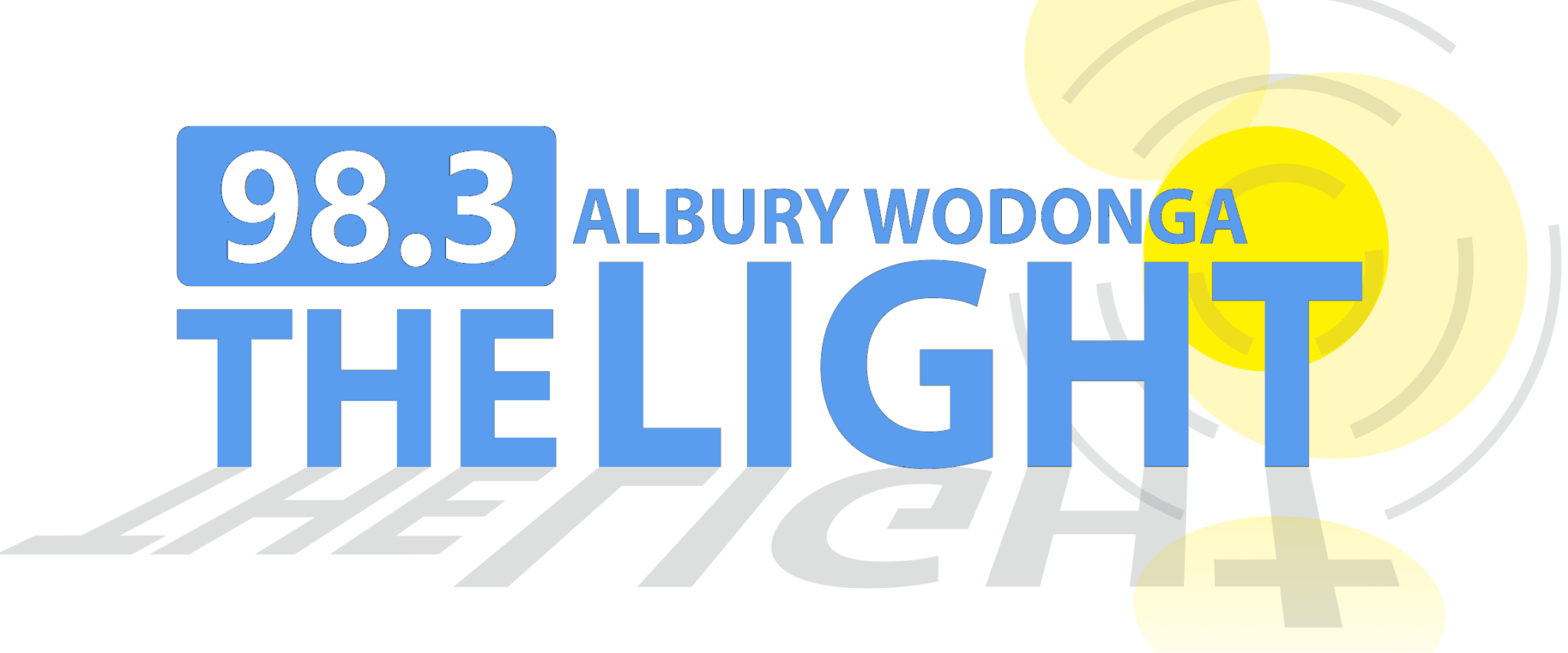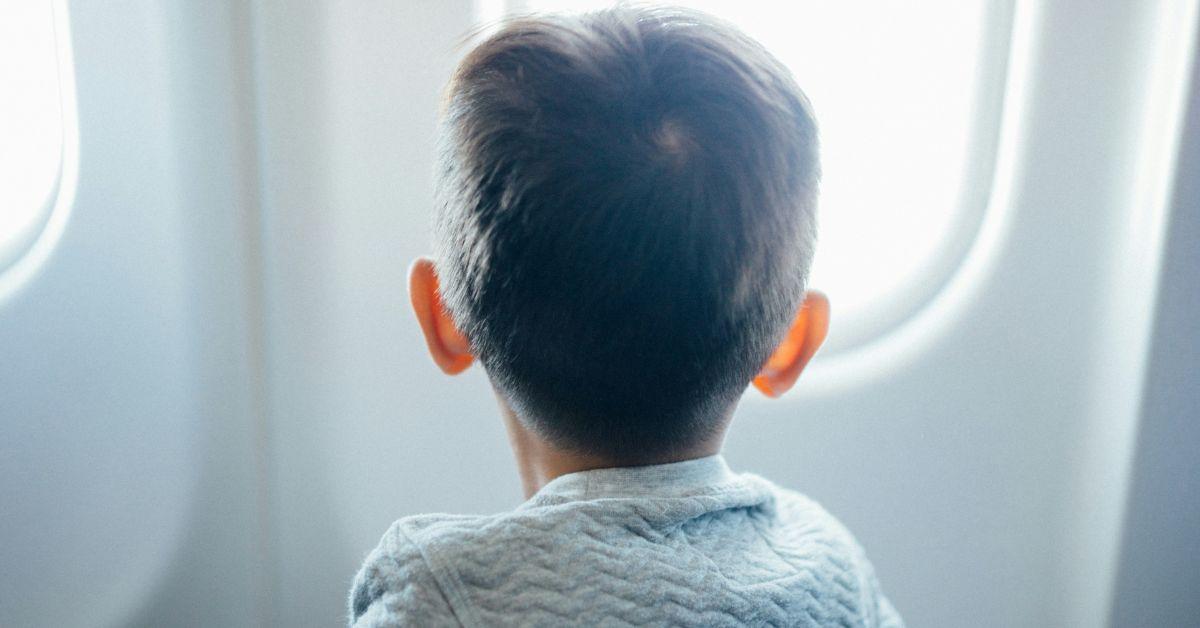By: Michael McQueen
Travel and tourism are nearing a full recovery since its crash in 2020. After months spent locked away in our houses and our own countries, travellers are keen to hit the road again with all the numbers steadily heading upwards.[1]
However, our travel habits have changed.
There are several trends characterizing current travel that suggest the future of travel is unlikely to resemble the past.
1. The Rise of Glamping
Gone are the days of unplugging for a week living like our ancestors. Recent stats have revealed that Wi-Fi is now available at 82% of campsites.
According to David Basler, chief strategy officer for the Outdoor Hospitality Industry trade group, around 40% of campers consider Wi-Fi availability when choosing a campsite. He goes on to say that this percentage increases among younger generations, with 65% of Gen Z and millennials and 45% of Gen X campers being influenced by Wi-Fi access.
According to Arizton, glamping is set to grow 15% a year this decade, especially as interest in camping grows among high-income earners,[2] perhaps those keen to reconnect with nature while still enjoying some of life’s luxuries.
2. The Blend of Work and Play
The rise of digital nomads is core to current travel trends. Our travel trends may have bounced back from the pandemic, but our work habits certainly did now. With people being forced into remote work, many are seeing the ongoing benefits of being unchained to the office, using the freedom they now have to explore a new kind of working holiday.
Part of the reason that so many campsites must remain online now is because of the large number of people travelling while working remotely. According to The Dyrt, 29% of campers worked while camping last year, up from less than 24% in the previous two years. Despite more employers pushing for in-person work, some campers opted for “quiet vacationing,” working remotely rather than fully unplugging.[3]
Beyond this, there is an increasing demand for a new kind of holiday accommodation that offers high-end technology so that people can blend their work and play. People can pay a membership fee and have access to the accommodation for flexible lengths of time.
3. The Generation Gap
The stats categorically reveal that everyone is keen to get back to their travel plans. For Gen Z, though, travel has become a top priority, with many prioritizing travel over traditional goals like home ownership and settling down.
Much of Gen Z’s lust for travel is driven by social media, with 92% of younger travelers reporting being influenced by social media in their travel decisions. Technology is making travel more accessible on every front, with mobile connectivity, Wi-Fi and travel apps being available in abundance. While Gen Zs tend to be travelling with a view to recreate experiences they’ve seen online or to explore before they’ve settled down, older generations primarily travel to visit or spend time with loved ones.[4]
Gen Zs tend to be committed to sustainable, authentic yet affordable travel. Given the rising cost of living, Gen Zs are looking for cheap travel options, but they also want authentic cultural experiences.[5] Sustainability is a priority they are unwilling to overlook, with many choosing travel destinations and accommodation options that do not disrupt local nature and culture.
4. The Diversification of Destinations
The top ten global travel destinations rarely change. The United States, Spain, China, France, Saudi Arabia, Türkiye, Italy, Thailand, Japan, and India currently receive 45 percent of all travel spending.
However, recent trends reveal that Southeast Asian countries are experiencing a rise in tourism. Laos’s tourism has jumped 20%, while Malaysia’s has jumped 17% in international travel spending. Many Gen Zs are looking to Southeast Asian countries as an ideal travel destination, given their affordability .[6]
5. AI-Powered Personalisation
The demand for personalized experiences has been rising for decades across all industries. However, AI is making personalization much more doable. In the last two decades, travel companies have ramped up their ability to collect and analyze customer data, thanks to tools like AI-powered assistants.
Companies are then able to segment customers into highly detailed profiles, from broad categories like business versus leisure travelers to ultra-specific “segments of one” through hyper-segmentation. The result of this is a heightened capacity for hyper-personalization, where each interaction is customized to the individual’s unique needs and preferences.
Part of the value of this is that it caters to the ever-increasing demand for customization, even among those consumer groups who traditionally would not have been able to afford this service. However, hyper-personalization also helps rebuild trust during disruptions.
For customers that have been wounded by the scandals and disruptions that have dominated so much of our corporate and political culture in recent years, personalized services are a great way of making them feel valued.
The future of travel will be shaped by a blend of technology, personalization, and evolving consumer preferences, particularly those shaped by post-pandemic expectations. While we are keen to jump back on our planes and trains, our view of travel has dramatically changed.
[1] 2024, ‘Now boarding: Faces, places, and trends shaping tourism in 2024’, McKinsey & Co, 29 May.
[2] Baskas, H 2024, ‘Going camping off the grid is getting harder. But admit it: You don’t mind.’ NBC, 16 June.
[3] Cummins 2024, ‘Timeshare holidays are back and targeting Millennials and Gen Z,’ The Sydney Morning Herald, 20 March.
[4] 2024, “A new itinerary for the tourism industry,” The McKinsey Podcast, 14 June.
[5] Hilton Segel, L & Hatami, H 2024, ‘Mind The Gap’, McKinsey & Co, 2 April.
[6] Hilton Segel, L & Hatami, H 2024, ‘Mind The Gap’, McKinsey & Co, 2 April.
Article supplied with thanks to Michael McQueen.
About the Author: Michael is a trends forecaster, business strategist and award-winning conference speaker.

